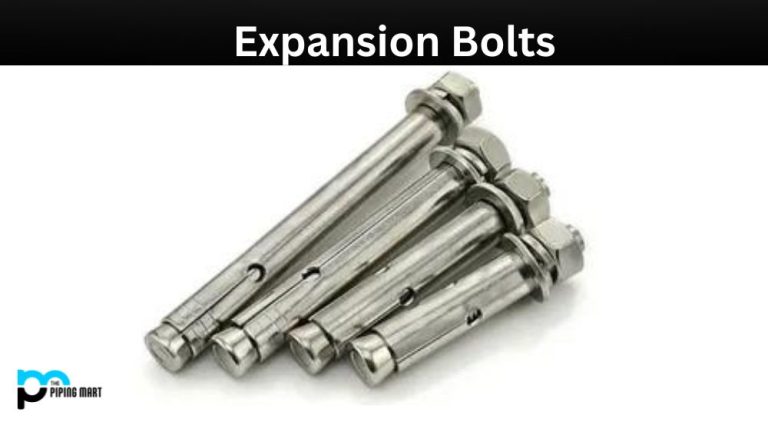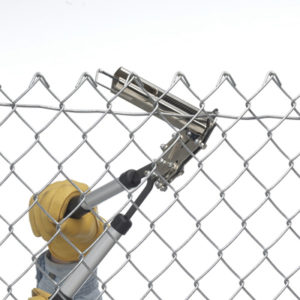How to Prevent Heatstroke at Work
Heatstroke can occur at work as a result of heat stress. The condition occurs at work for a number of reasons but usually due to air temperature, work rate, humidity and work clothing. There are other contributing factors which can add to this. It is important to know how to prevent heatstroke at work and also how to spot heat stress and heat exhaustion before it escalates to heatstroke.
How to Spot Potential Heatstroke
Before heatstroke occurs, individuals will first show signs of heat stress and then heat exhaustion; it is important to know the signs so that escalation can be avoided.
Symptoms of Heat Stress
- Inability to concentrate
- Muscle cramps
- Heat rash
- Severe thirst
- Fainting
Symptoms of Heat Exhaustion
- Fatigue
- Nausea
- Headache
- Moist Skin
Symptoms of Heatstroke
- Hot dry skin
- Confusion
- Convulsions
- Loss of consciousness
Preventing Heatstroke at Work
Whilst it is good to know the early signs so that escalation can be avoided, it is ideal to be able to prevent any kind of heat stress entirely; for health purposes and for work purposes. Some of the best ways to reduce the risk of heat stress at work include controlling the temperature and preventing dehydration.
Air Temperature
The first step to take if you know the workplace is going to be hot throughout the summer is to think about a cooling solution. There are various different cooling solutions for a number of different workplaces; from air conditioning and cooling fans to evaporative coolers and large-scale chillers.
Preventing Dehydration
A common cause of heat stress and illness is dehydration, so it is important to encourage employees to drink plenty of water on hot days. Provide cool water in the workplace and have reminders placed around encouraging staff to keep hydrated.
Training
If work rate is high, meaning heat stress is more likely to occur, it is a good idea to provide training ahead of the hotter months about heat stress; the symptoms, how to prevent it and how to adjust working to reduce the risks. This is especially important for young or new employees who may not be aware of the risks associated with their jobs.
Clothing Often if a uniform is enforced it can be too warm for the hotter days; if this is the case it may be worth considering adjusting it for summer, potentially allowing workers to dress for the weather as long as it does not impact their safety or work. It is advisable to have a summer uniform policy which details what clothing is advised for hotter days.




